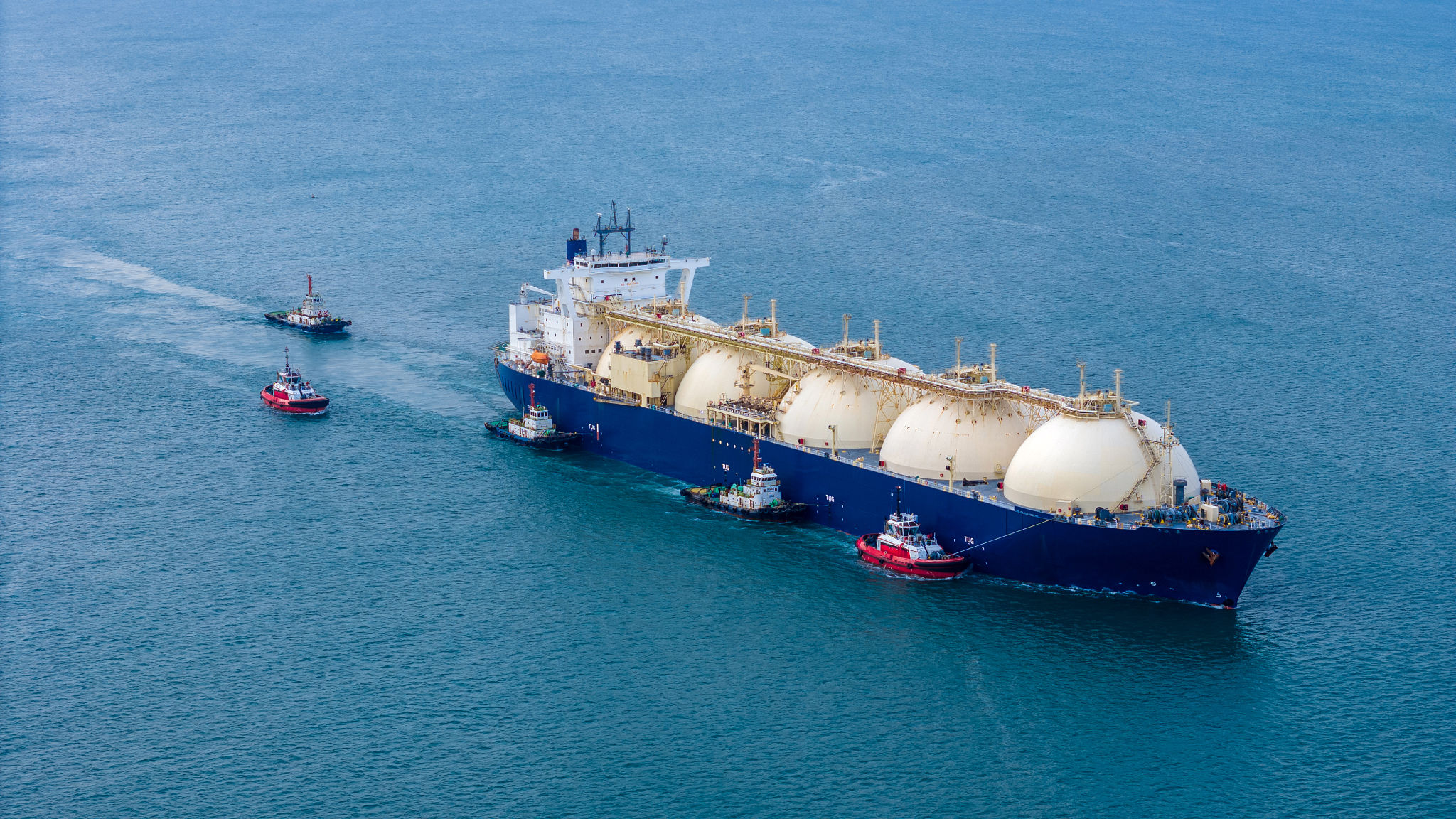Leveraging AI for Maritime Safety and Efficiency: Case Studies from Italy
Introduction to AI in Maritime Safety
In recent years, the maritime industry has witnessed a transformative shift with the integration of Artificial Intelligence (AI) technologies. These advancements are not merely futuristic concepts but practical solutions that enhance both safety and efficiency on the seas. Italy, with its rich maritime history, stands at the forefront of this technological evolution, leveraging AI to address longstanding challenges in the industry.

Enhancing Navigational Safety
AI systems have significantly improved navigational safety by providing real-time data analysis and predictive insights. Italian ports, for instance, utilize AI-driven systems to monitor and predict weather patterns, ensuring vessels can navigate safely and avoid hazardous conditions. This proactive approach reduces the risk of accidents and boosts overall maritime safety.
Moreover, AI algorithms have been employed to optimize shipping routes. By analyzing historical data and current maritime traffic, these systems suggest optimal paths that minimize travel time and fuel consumption, leading to cost savings and a reduced environmental footprint.

Case Study: AI-Powered Port Operations
The Port of Genoa serves as a prime example of AI's impact on maritime operations. By implementing AI-powered monitoring systems, the port has enhanced its ability to manage cargo operations efficiently. These systems provide real-time insights into vessel arrivals, departures, and cargo handling processes.
This technology has enabled the port to streamline operations, reduce waiting times for ships, and improve overall logistical efficiency. The result is a significant increase in throughput capacity without the need for physical expansion of port facilities.

Improving Search and Rescue Missions
AI technology is also revolutionizing search and rescue operations in Italian waters. Advanced machine learning models analyze data from multiple sources, including satellite imagery and weather forecasts, to predict potential distress situations and dispatch rescue teams more effectively.
This predictive capability not only enhances the speed and accuracy of rescue missions but also increases the chances of saving lives during maritime emergencies. The integration of AI in search and rescue missions exemplifies its potential to transform critical aspects of maritime safety.
Challenges and Future Prospects
Despite the promising advancements, integrating AI in maritime operations presents challenges such as data privacy concerns and the need for industry-wide standardization. Addressing these issues requires collaboration between technology providers, regulatory bodies, and maritime stakeholders.
Looking ahead, the future of AI in maritime safety and efficiency appears bright. Continuous innovation and strategic partnerships will likely drive further enhancements in operations, making the seas safer and more efficient for all who traverse them.

Conclusion
The implementation of AI in maritime safety and efficiency is not just a trend; it is a necessary evolution that promises significant benefits. Italy's proactive approach in adopting these technologies serves as an inspiring model for other nations. As AI continues to transform the industry, it is crucial for stakeholders to embrace these tools and work collaboratively towards a safer, more efficient maritime future.
